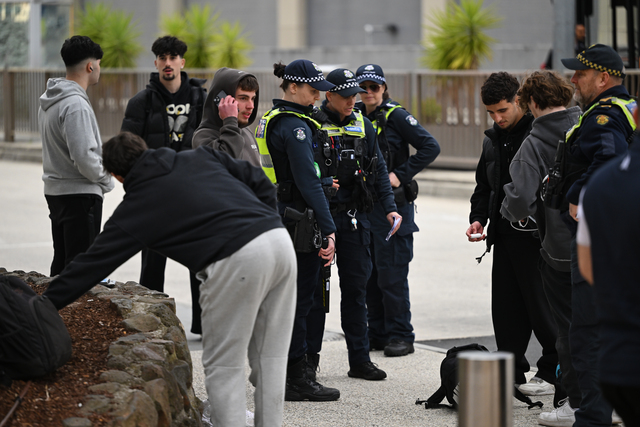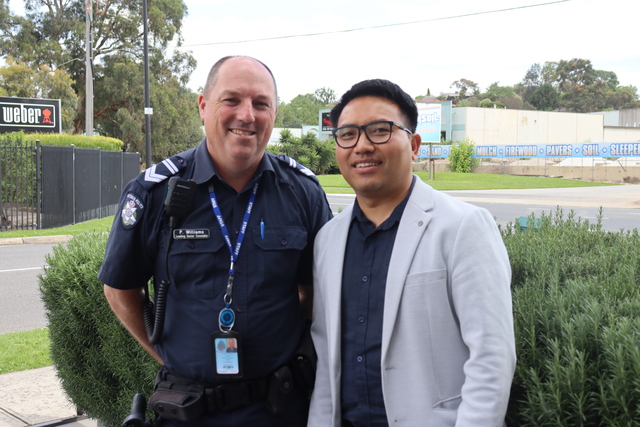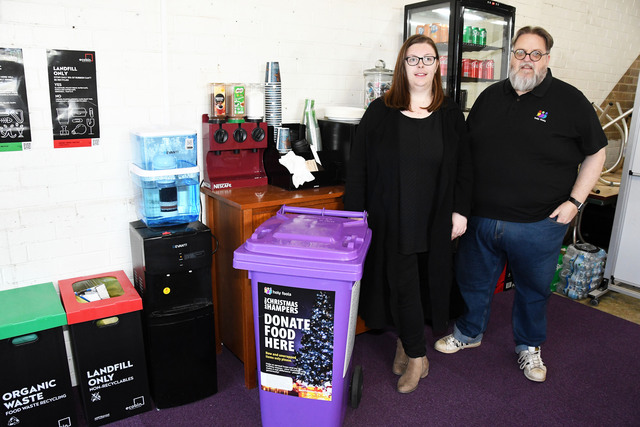A new study by researchers from universities and research institutions across Australia, the United States, Europe and South America has expressed concern about the lack of transparency and oversight in the global wildlife trade.
Led by University of Melbourne Professor Alice Hughes, the research looked into two decades worth of global wildlife trade networks into the United States, focusing on where species came from, in what quantities and trade route patterns.
Professor Hughes, from the School of Biosciences, said it was alarming that a significant proportion of species still originate from the wild.
“Our findings show that not only do large numbers of species still get taken from their native environments and traded, but there are also clear issues of data misinformation and blatant laundering or trafficking,” she said.
“We think the number of animal species in trade is likely over 70,000, but we can’t be sure due to the lack of monitoring and that is an enormous problem in itself.”
Tropical regions were found in the study to export the widest range of species, while rare and newly described species were in high demand.
Professor Hughes said data is incredibly difficult to find and what does exist is rife with discrepancies.
“It means that the true scope of the impact of wildlife trade on wild populations remains largely unknown,” she said.
“Understanding what animals are being traded, in what volumes and where they are coming from are the first steps to being able to gauge if that trade is sustainable, and to enable focused efforts on species where trade may be threatening their survival.”
While the illegal wildlife trade is large, researchers were also quick to point out the legal variety is about 10 times larger, accounting for an estimated value of US$360 billion annually.
Professor Hughes said with no way to say what animals are in trade and if this trade is sustainable, we are potentially driving many species towards extinction in plain sight.
“A clear example of this is the international trade of Xenopus frogs which were likely responsible for the spread of Chytrid – a deadly fungal disease which has contributed to the extinction of multiple frog species, including at least seven in Australia,” she said.
“We clearly need to do more to ensure that we better monitor trade, and that starts with better data and collaboration between scientists, government agencies, businesses that sell wildlife, and consumers who drive demand.”
Victorian resident Dr Lynn Johnson founded the Nature Needs More charity, dedicated to the better regulation of the trade in wild species, in 2017.
Dr Johnson said the lack of transparency and oversight in the legal wildlife trade is nothing short of a global business scandal that has been allowed to fly under the radar for decades, with the underfunded and outdated CITES (the Convention on International Trade in Endangered Species of Wild Fauna and Flora) permit system a big part of the problem.
“The CITES system is impoverished and unfit-for purpose, over the years of researching the CITES-listed legal trade in wild species, periodically the question arose, ‘What if Jeff Bezos ran Amazon Inc. with the same supply chain processes as the CITES’,” she said.
“Amazon Inc. is a perfect contrast of what can be achieved when it is in the business’ interest for supply chains to be well monitored, the CITES trade management system is equivalent to Amazon Inc. having no idea what products are in stock anywhere, when they will next arrive, where they come from, who provided them, who they go to and the only tracking updates you ever get come from a border crossing, albeit up to several years after the event.”
A paper published in 2015 by the Percy FitzPatrick Institute of African Ornithology at the University of Cape Town found only 7.3 per cent of over 90,000 CITES records between 2003 and 2012 were free from documentation discrepancies, with data coming from 50 African
nations and 198 importing countries/territories. The study also found discrepancy rates had increased between 2003 and 2012.
Dr Johnson said the update of the CITES is decades overdue, having had only one strategic review in its 50-year history, way back in 1994.
“No organisation can stay relevant with one strategic review every 50 years, when CITES was conceived in the 1960s the international trade in wild flora and fauna was small,” she said.
“Total global exports, for all trade, were worth US $318 billion in 1970 compared to US $32trillion in 2024, up from US $22 trillion in just four years, the poor quality of data for the legal global trade in wild species means a precise value is difficult to calculate.
“After seafood, fashion and furniture are the biggest users of wild species, mindboggling profits are made by some of the most well know luxury brands, who use endangered and exotic species as their ‘raw’ materials, yet the regulator is impoverished to the point of being meaningless and the regulatory model was recognised as being a problem as far back as 1981, at CITES CoP3, just six years after the regulator came into force.”
A large number of signatories to CITES still use a paper-based system to process permits, which are easier to forge by wildlife traffickers or more likely to contain inaccuracies, though a push to introduce electronic CITES or eCITES systems worldwide is ongoing.
Dr Johnson said today it is far too easy to launder illegal product into legal supply chains and sustaibability is oversold.
“Immediate measures are the adoption of electronic trade systems by all CITES signatory countries and implementing a levy on trade paid by the businesses that profit the most from the trade in CITES-listed species,” she said.
“These two measures can be implemented quickly and would have a massive effect on better regulation of the trade and better transparency, the long-term goal has to be a change to the reverse (positive) listing system with business paying the full cost of regulation.
“This is a common model in other industries; typical examples are pharmaceuticals and aircraft.”
Nature Needs Moore has published works on how a proposed levy could work, how CITES could be modernised and how a comparable industry regulator would look like if it was run like the CITES, which can all be found on their website: natureneedsmore.org.







